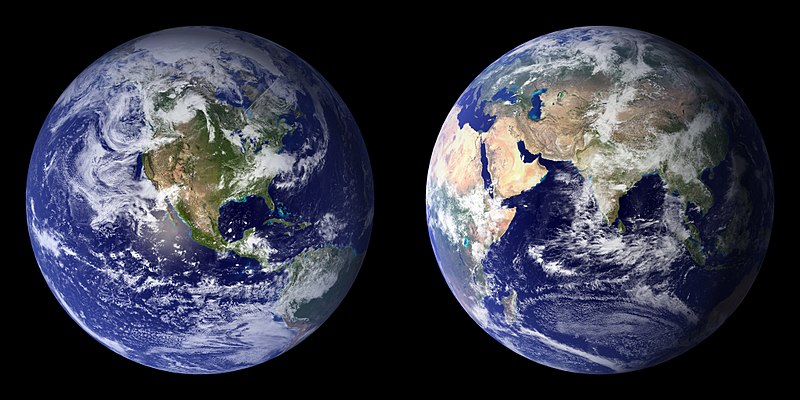
The Book on Amazon Contact me Mailing list

 |
| Global environment |
|
 |
| A 17th-century illustration of consciousness By Robert Fludd |
In recent years, neuroscience has gone through accelerated progress and transformation. However, establishing the physical basis of consciousness is necessary to turn it into a respected scientific field. The book The Science of Consciousness is a new contribution to this ongoing discussion, proposing a new physical worldview incorporating consciousness and evolution.
It has become increasingly clear that quantum approaches can explain consciousness. Today, the quantum-like modeling of cognition, such as the human mental lexicon, is a mainstream scientific idea. Psychology and other social sciences have increasingly turned to quantum mechanics tools in the past century. My theory builds on and supports these ideas but goes even further. I audaciously claim (and hope to prove) the brain’s electromagnetic balances give rise to the self-regulating mind. This physical entity is an elementary particle that interacts through emotions, the elementary forces of the mind.
The idea might be strange or even shocking. However, radical ideas require a jump in conceptual thinking. Although a new scientific vista generally involves inexact details and concepts that are not fully worked out, data for this original scientific thought is amounting, to name a few:
1. It is challenging to retrace our thoughts, and we have minimal control over them in the first place. The mind seems to h‘ve a’‘mind’ of its own. People occasionally carry out actions they have difficulty explaining or regret afterward.
2. Why is quantum theory a superior predictor of human behavior in psychology and economy?
3. What role do emotions play in intellect, and why are we so powerless over our emotions?
4. Our temporal closeness to events can change our conceptual vista to the point of reaching a diametrically opposite decision about a project (for example, most people have grand plans for their life or retirement but carry out almost none of them).
5. The findings by esteemed scientists show the role of positive emotions in success and health and the opposite effects of negative emotions. These highly consistent findings are difficult to explain in any other way.
Understanding consciousness gives you the tools to reach ambitious, wholesome goals. It opens the book on human motivation, allowing a deeper understanding of others and the self. The book is available on Amazon.